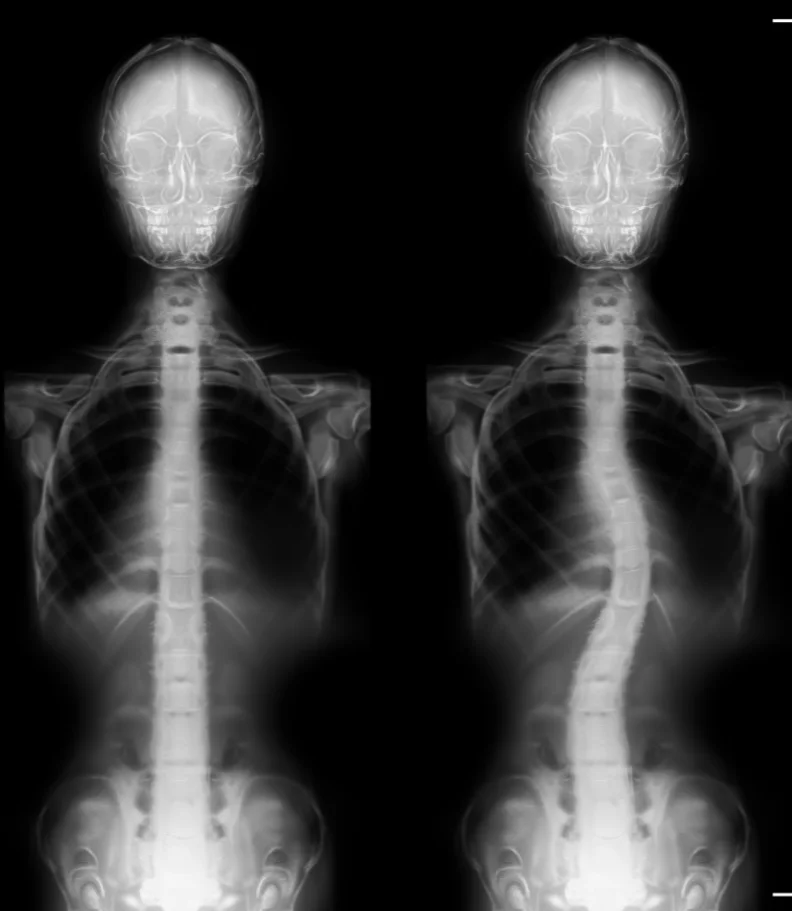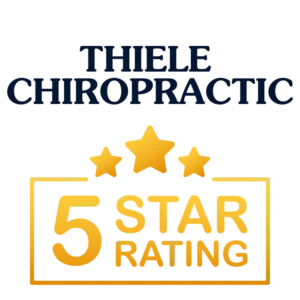- 39 New London Turnpike Suite 120 Glastonbury, CT 06033

Are you in search of the finest chiropractor in Glastonbury, dedicated to caring for scoliosis? Typically, scoliosis begins as a subtle curvature in the spine that gradually intensifies over time. A scoliosis diagnosis occurs when the spine deviates more than ten degrees to either the right or left when facing a medical examiner. As scoliosis advances to more severe stages, it can bring about significant health consequences.
The reassuring news is that when spinal curvature is detected early and chiropractic care is sought, it can be halted from progressing into a debilitating condition. In this article, we will provide you with a concise overview of scoliosis development and its impact on your well-being. We will also shed light on how to identify scoliosis and how chiropractic care in Glastonbury, CT, can effectively reverse its effects and restore your body to optimal health.
Scoliosis manifests as an abnormal bend or curve in the spine, deviating from the ideal vertical alignment of a healthy spine. The exact origin of this curve can often be elusive. In its early stages, it may begin as a minor bend due to a single vertebra's misalignment. Over time, the body compensates by developing musculature that continues to pull the spine into lateral curves to maintain a level head position.
Misalignments can occur due to various factors, including poor posture, degenerative diseases, or traumatic accidents. While many scoliosis cases initiate during rapid growth phases, especially in youth aged 10-12, this condition can also develop in older adults. In older individuals, scoliosis is frequently linked to degenerative disorders such as osteoporosis.
Neglected scoliosis and its underlying causes can lead to severe and enduring consequences. Scoliosis is associated with discomfort in the back, neck, shoulders, and buttocks. It can result in recurring injuries and has been connected to sciatica. In severe cases, it can lead to reduced lung and heart capacity, painful menstruation, and physical disability.
Often, parents or close associates are the first to notice scoliosis, as the shoulders and pelvis no longer appear level. A thorough physical examination assesses gait and utilizes visual and manual evaluations to determine the extent of spinal curvature. An Adams Position Test, involving the patient bending forward as far as possible, can reveal the presence of an issue. If a noticeable curvature is detected, an X-ray will be employed to assess the severity of scoliosis.
Proficient chiropractors are trained to conduct comprehensive examinations to identify scoliosis. Once diagnosed, the chiropractor conducts a detailed health history assessment to identify any contributing factors. This assessment guides the selection of the most appropriate treatment for the specific case.
Chiropractic care in Glastonbury, CT, represents a gentle and non-invasive approach to managing scoliosis. Chiropractors often perform precise spinal adjustments to rectify the body's compensations and aid in the restorative process. If you seek a safe and non-invasive method for addressing scoliosis, chiropractic medicine is your reliable ally in this journey toward better health.

39 New London Turnpike Suite 120
Glastonbury, CT 06033
